Wormholes have been relegated to the realm of science fiction. But new research suggests that they might actually be real.
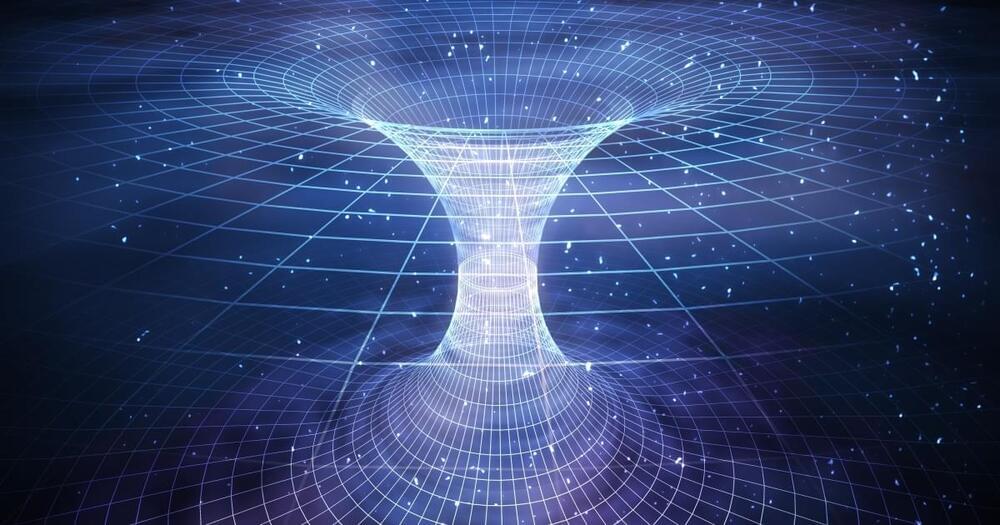

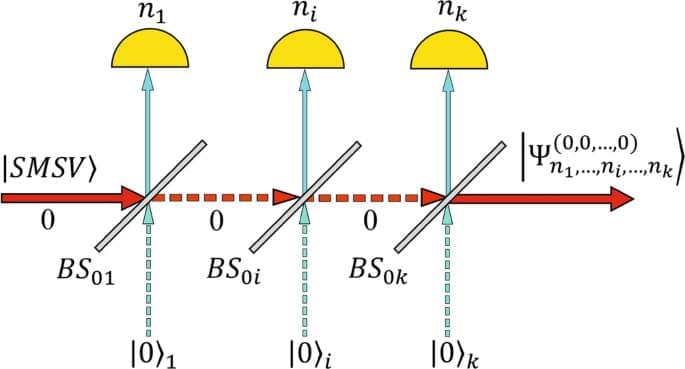
We present an algorithm of quantum engineering of large-amplitude $$\ge 5$$ high-fidelity $$\ge 0.99$$ even/odd Schrödinger cat states (SCSs) using a single mode squeezed vacuum (SMSV) state as resource. Set of $$k$$ beam splitters (BSs) with arbitrary transmittance and reflectance coefficients sequentially following each other acts as a hub that redirects a multiphoton state into the measuring modes simultaneously measured by photon number resolving (PNR) detectors. We show that the multiphoton state splitting guarantees significant increase of the success probability of the SCSs generator compared to its implementation in a single PNR detector version and imposes less requirements on ideal PNR detectors.
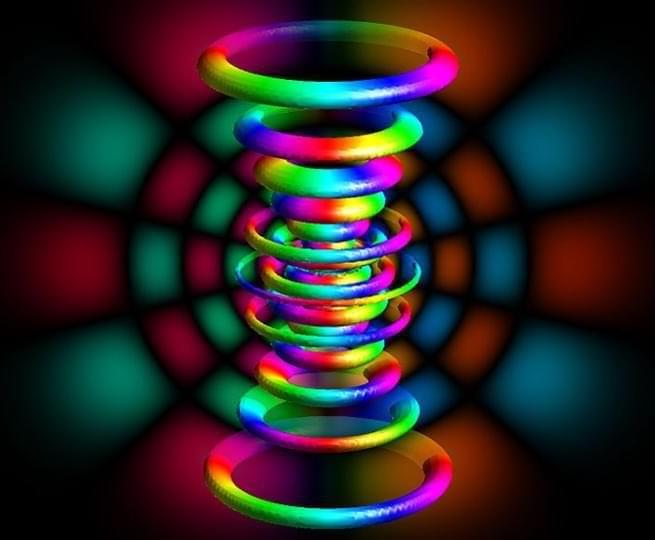
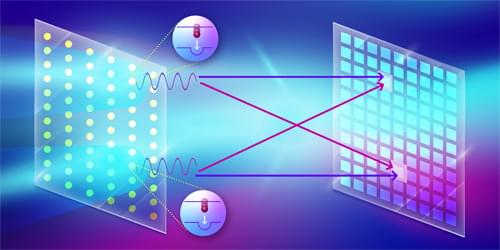
The experimental realization of a recently proposed technique points to new possibilities for imaging molecules using x rays.
Hanbury Brown and Twiss (HBT) interferometry [1] is a versatile technique widely used in various fields of physics, such as astronomy, quantum optics, and particle physics. By measuring the correlation of photon arrival times on two detectors as a function of the photons’ spatial separation, HBT interferometry enables the determination of the size and spatial distribution of a light source. Recently, a novel x-ray imaging technique based on the HBT method was proposed to image the spatial arrangement of heavy elements in a crystal or molecule by inducing those elements to fluoresce at x-ray wavelengths [2].
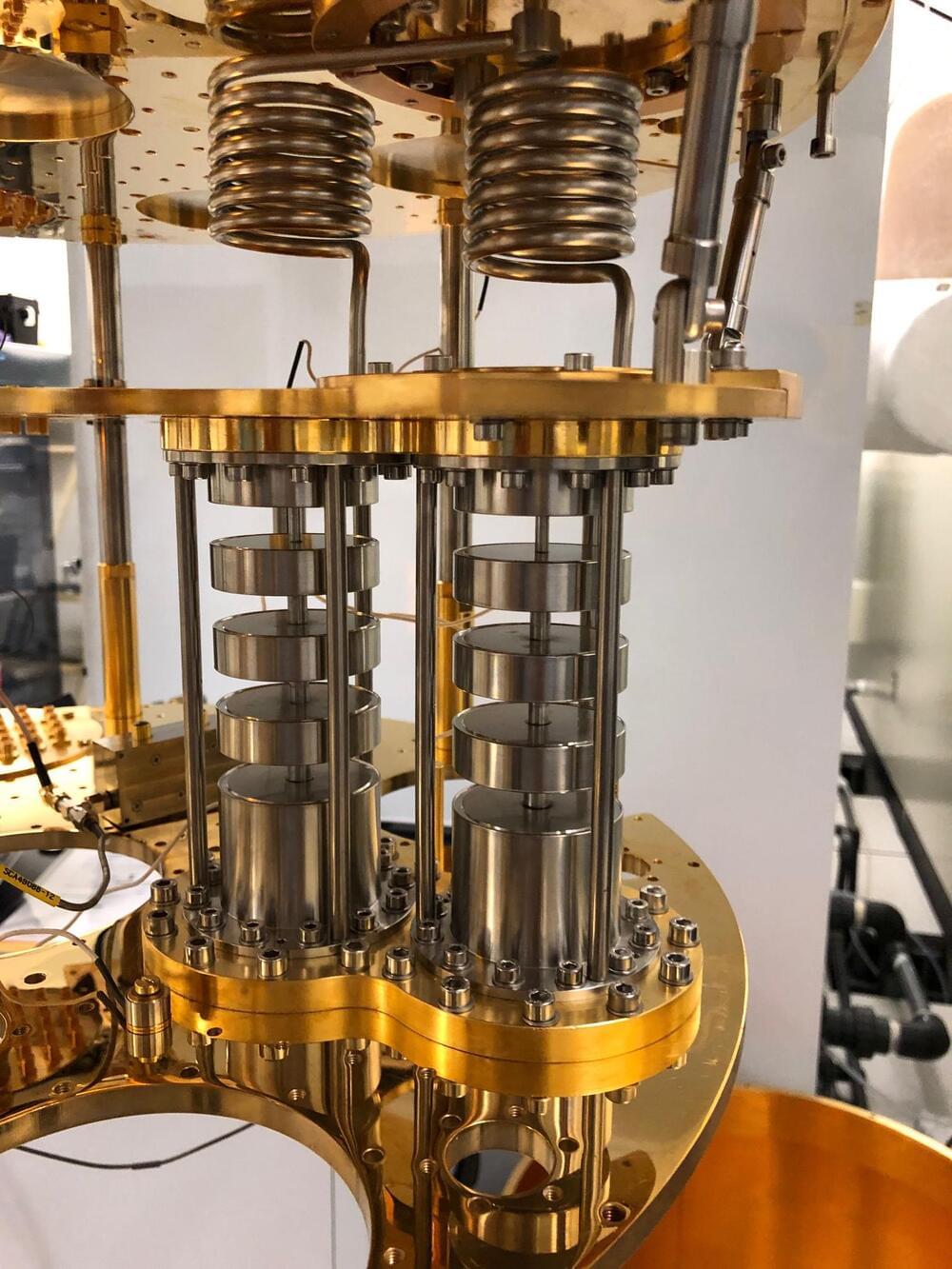
For one, classical physics can predict, with simple mathematics, how an object will move and where it will be at any given point in time and space. How objects interact with each other and their environments follow laws we first encounter in high school science textbooks.
What happens in minuscule realms isn’t so easily explained. At the level of atoms and their parts, measuring position and momentum simultaneously yields only probability. Knowing a particle’s exact state is a zero-sum game in which classical notions of determinism don’t apply: the more certain we are about its momentum, the less certain we are about where it will be.
We’re not exactly sure what it will be, either. That particle could be both an electron and a wave of energy, existing in multiple states at once. When we observe it, we force a quantum choice, and the particle collapses from its state of superposition into one of its possible forms.
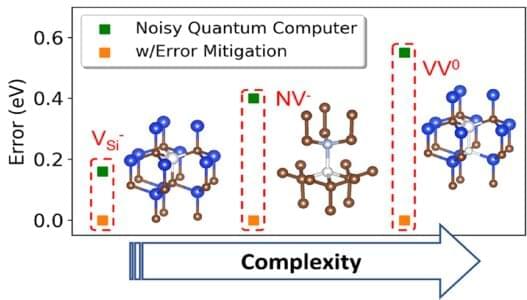
If you know the atoms that compose a particular molecule or solid material, the interactions between those atoms can be determined computationally, by solving quantum mechanical equations—at least, if the molecule is small and simple. However, solving these equations, critical for fields from materials engineering to drug design, requires a prohibitively long computational time for complex molecules and materials.
Now, researchers at the U.S. Department of Energy’s (DOE) Argonne National Laboratory and the University of Chicago’s Pritzker School of Molecular Engineering (PME) and Department of Chemistry have explored the possibility of solving these electronic structures using a quantum computer.
The research, which uses a combination of new computational approaches, was published online in the Journal of Chemical Theory and Computation. It was supported by Q-NEXT, a DOE National Quantum Information Science Research Center led by Argonne, and by the Midwest Integrated Center for Computational Materials (MICCoM).

A project led by a group of researchers from Israel’s Bar-Ilan University, in collaboration with TII—the Quantum Research Center in Abu Dhabi, United Arab Emirates, is advancing quantum computing by improving the performance of superconducting qubits, the basic computation units of a superconducting quantum processor. The improved qubit, called a tunable superconducting flux qubit, is a micron-sized superconducting loop where electrical current can flow clockwise or counterclockwise, or in a quantum superposition of both directions.
These quantum features would allow the computer to be much faster and more powerful than a normal computer. For the speed potential to be realized, the quantum computer needs to operate several hundred of qubits simultaneously without having them unintentionally interfering with each other.
As an alternative technology to that existing today in quantum processors, superconducting flux qubits provide several important advantages: First, they are very fast and reliable; and second, it may be simpler to integrate many flux qubits into a processor compared to current available technology.
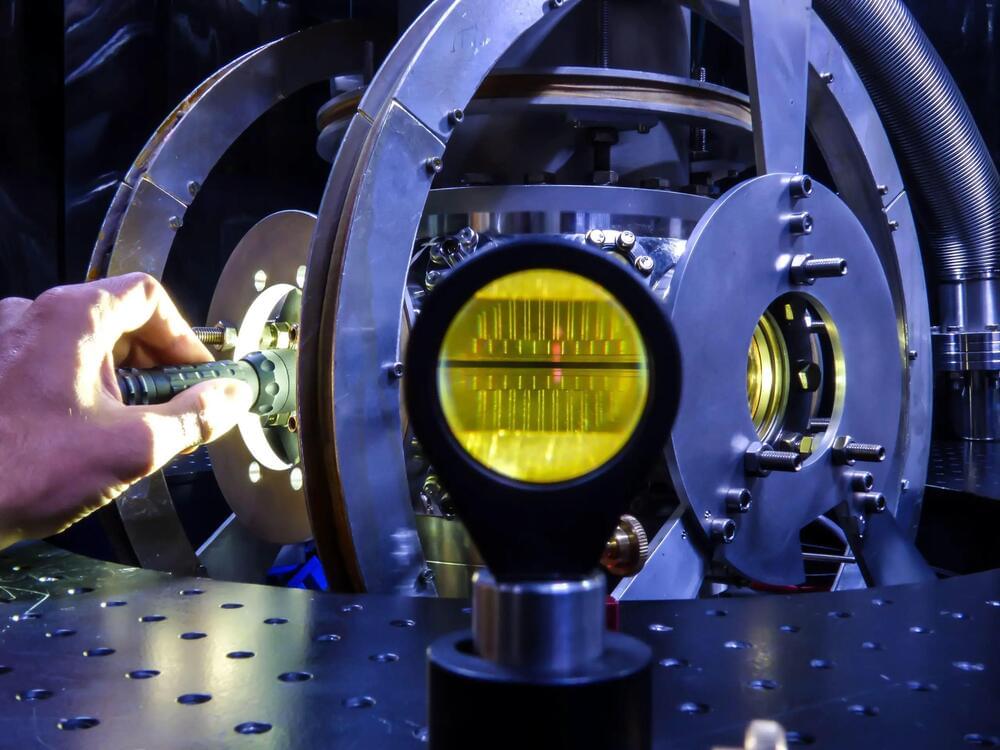
In the realm of computing, information is usually perceived as being represented by a binary system of ones and zeros. However, in our everyday lives, we use a decimal system consisting of ten digits to represent numbers. For instance, the number 9 in binary is represented as 1,001, requiring four digits instead of just one in the decimal system.
Today’s quantum computers have emerged from the binary system, but the physical systems that encode their quantum bits (qubits) have the capability to encode quantum digits (qudits) as well. This was recently demonstrated by a team headed by Martin Ringbauer at the University of Innsbruck’s Department of Experimental Physics. According to experimental physicist Pavel Hrmo at ETH Zurich: “The challenge for qudit-based quantum computers has been to efficiently create entanglement between the high-dimensional information carriers.”
In a study published on April 19, 2023, in the journal Nature Communications.

😗
Physicists measure and control electron release from metals in the attosecond range.
By superimposing two laser fields of different strengths and frequency, the electron emission of metals can be measured and controlled precisely to a few attoseconds. Physicists from Friedrich-Alexander-Universität Erlangen-Nürnberg (FAU), the University of Rostock and the University of Konstanz have shown that this is the case. The findings could lead to new quantum-mechanical insights and enable electronic circuits that are a million times faster than today.
Light is capable of releasing electrons from metal surfaces. This observation was already made in the first half of the 19th century by Alexandre Edmond Becquerel and later confirmed in various experiments, among others by Heinrich Hertz and Wilhelm Hallwachs. Since the photoelectric effect could not be reconciled with the light wave theory, Albert Einstein came to the conclusion that light must consist not only of waves, but also of particles. He laid the foundation for quantum mechanics.
In this video I discuss new Photonic Chip for Quantum Computing.
The Paper: https://www.nature.com/articles/s41566-023-01193-1
The mentioned Video — Million Qubit Quantum Computer from Intel: https://youtu.be/j9eYQ_ggqJk.
Support me at Patreon: https://www.patreon.com/AnastasiInTech